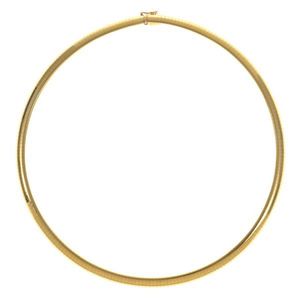George III Silver Plate Stand & Burner
An unusual George III sterling silver oval reversible plate stand and burner by John Wakelin and William Taylor, London 1786 with threaded rims and oval double burner engraved with two contemporary crests, one with a Marquise's coronet, the other an heraldic crown, 10 cm high, 31 x 22 cm, 715 grams
You must be a subscriber, and be logged in to view price and dealer details.
Subscribe Now to view actual auction price for this item
When you subscribe, you have the option of setting the currency in which to display prices to $Au, $US, $NZ or Stg.
This item has been sold, and the description, image and price are for reference purposes only.
- Engraving - The method of decorating or creating inscriptions on silver and other metal objects by marking the surface with a sharp instrument such as a diamond point or rotating cutting wheel.
- Sterling Silver - Sterling silver is a mixture of 92.5% pure silver and 7.5% of another metal, usually copper. Fine silver is 99.9% pure silver, and is relatively soft and the addition of the very small amount of copper gives the metal enough strength and hardness to be worked into jewellery, decorative and household objects.
- George Iii - George III (1738 - 1820) was King of Great Britain and Ireland from 1760 to 1820.
- Heraldic Decoration - Heraldic decoration on silver, glass, and porcelain refers to the use of coats of arms and other heraldic symbols as decorative motifs on these materials. Coats of arms were traditionally used to identify individuals, families, and institutions, and were often displayed on shields, banners, and other objects.
The heraldic decoration typically takes the form of engraved or etched designs that incorporate coats of arms or other heraldic symbols. Heraldic decoration on silver, glass, and porcelain has a long history, dating back to the medieval period when coats of arms were first used. During the Renaissance and Baroque periods, heraldic decoration on decorative objects became increasingly elaborate and ornate, with finely detailed designs that often incorporated intricate scrollwork, mythological figures, and other decorative motifs.
In the 18th and 19th centuries, heraldic decoration became particularly popular among the aristocracy and upper classes, who used these objects as symbols of their wealth and status.
This item has been included into following indexes:
Visually similar items

Mid century wall mirror, solid teak with leather strap, Italy, c 1960s, 106 cm high, 32 cm wide, 5 cm deep
Sold by
in
for
You can display prices in $Au, $US, $NZ or Stg.

An Italian gold collar, the Omega collar having a polished finish set in 14ct gold
Sold by
in
for
You can display prices in $Au, $US, $NZ or Stg.

14ct pink and gilt fine bangle. Textured pattern to rim. W4.78g
Sold by
in
for
You can display prices in $Au, $US, $NZ or Stg.

A 9ct rose gold Omega collar necklace, 4 mm wide Omega links with a box style clasp., length 45 cm Wt 13.5 grams
Sold by
in
for
You can display prices in $Au, $US, $NZ or Stg.
